The concepts of herd morality and the collective unconscious represent two distinct frameworks through which individuals relate to society, culture, and moral values. Though both concepts originate in human collectivity and influence behavior on a large scale, they differ fundamentally in their sources, effects, and implications.
Herd morality, a term developed by philosopher Friedrich Nietzsche, critiques a form of social conformity that suppresses individual excellence.
The collective unconscious, coined by psychologist Carl Jung, refers to a universal layer of the unconscious mind shared by all humans, containing archetypes and instincts that shape our perceptions and actions.
While herd morality reflects a consciously imposed conformity, the collective unconscious operates beneath conscious awareness, providing a shared foundation that shapes human experience across cultures and eras.
In examining the distinctions between herd morality and the collective unconscious, we can explore their origins, psychological and cultural effects, and the potential impacts each has on individual growth and societal progress.
1. Origins and Definitions
Herd Morality
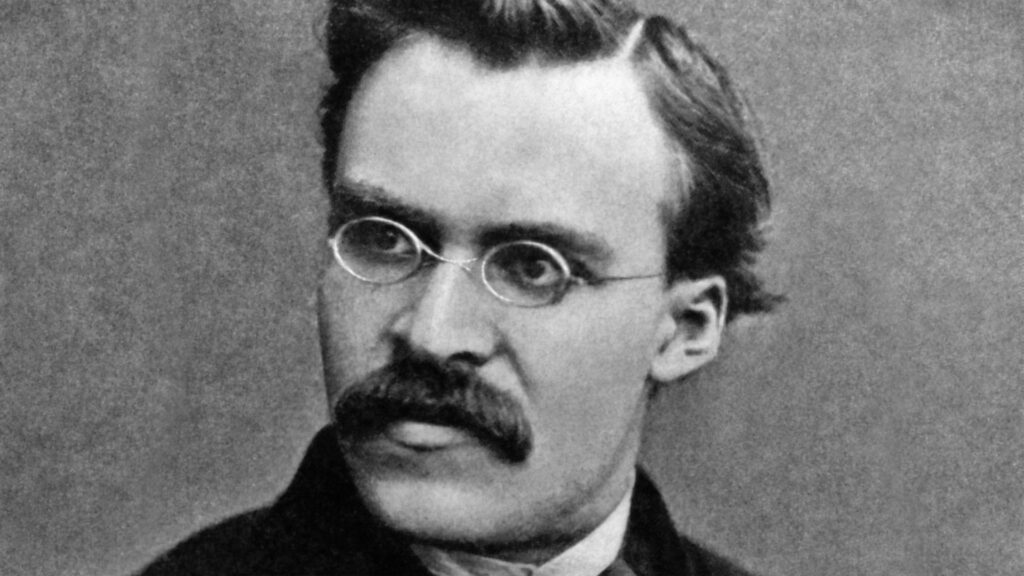
Nietzsche introduced herd morality as a form of ethical conformity that prioritizes social harmony, obedience, and equality over individual excellence and freedom. He argued that herd morality originates from human resentment toward exceptional qualities such as strength, talent, or intelligence. By promoting values that discourage personal distinction, herd morality keeps individuals within societal norms, reducing the urge to excel or question established beliefs.
Nietzsche contended that this form of morality primarily serves to protect the “herd”—the average person—by stifling ambition and promoting a false sense of equality. Herd morality, according to Nietzsche, enforces obedience not out of genuine concern but out of a desire to suppress individuals who might disrupt the status quo.
Collective Unconscious
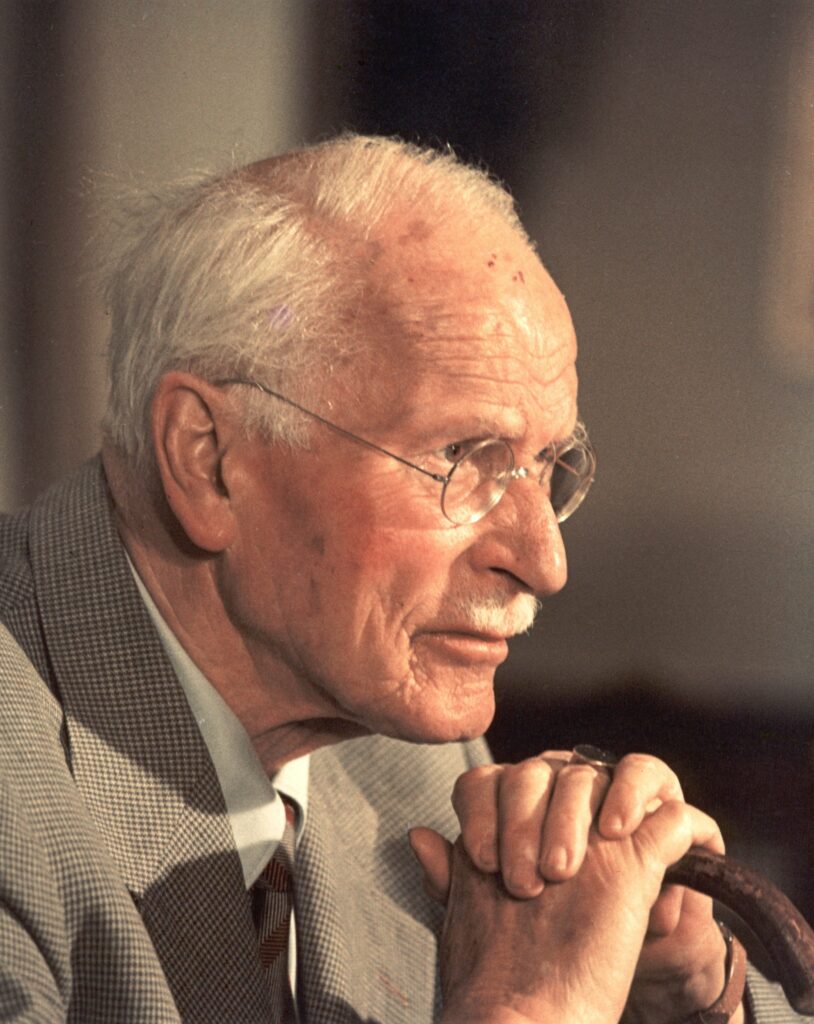
In contrast, Jung’s collective unconscious describes an inherited layer of the unconscious mind that is universal to all humans. Rather than emerging from social structures or personal experiences, the collective unconscious is innate, containing shared archetypes—such as the Hero, the Mother, and the Trickster—that influence how people perceive, feel, and interpret experiences.
Unlike herd morality, the collective unconscious does not impose social norms or ethics; instead, it provides a deep, symbolic foundation that transcends individual cultures and epochs. The collective unconscious allows for continuity of certain themes in myths, religions, and dreams across different societies, creating a shared psychological heritage.
2. The Role of Resentment vs. Unity
The motivations driving herd morality and the collective unconscious are vastly different. Herd morality often originates from resentment, as Nietzsche pointed out, where those who lack exceptional qualities seek to level the playing field by promoting conformity. This resentment-driven approach sees unique qualities as threats to collective security and, thus, imposes a morality that equalizes differences.
Conversely, the collective unconscious operates as a unifying force that connects humanity on a primal level. Its archetypes are not born of resentment but are rather instinctive patterns that encourage understanding, connection, and shared meaning across cultural divides. These archetypes provide common threads across human societies, creating a sense of kinship and continuity rather than enforcing conformity. For example, hero stories exist across cultures, drawing people toward universal themes of courage, sacrifice, and transformation.
3. Effects on Individuality and Personal Growth
Herd Morality’s Constraint on Individuality

Herd morality, as Nietzsche argued, tends to stifle individuality by promoting values that align with the collective’s interests rather than those of the individual. This conformity discourages people from challenging norms or pursuing personal greatness, as such acts would disrupt the established moral framework. Herd morality rewards obedience and discourages self-expression, keeping people bound to what Nietzsche called “slave morality.” In this sense, herd morality can diminish personal growth by encouraging individuals to view themselves solely in relation to the collective rather than as unique beings with their own goals and desires.
The Collective Unconscious as a Source of Inner Growth
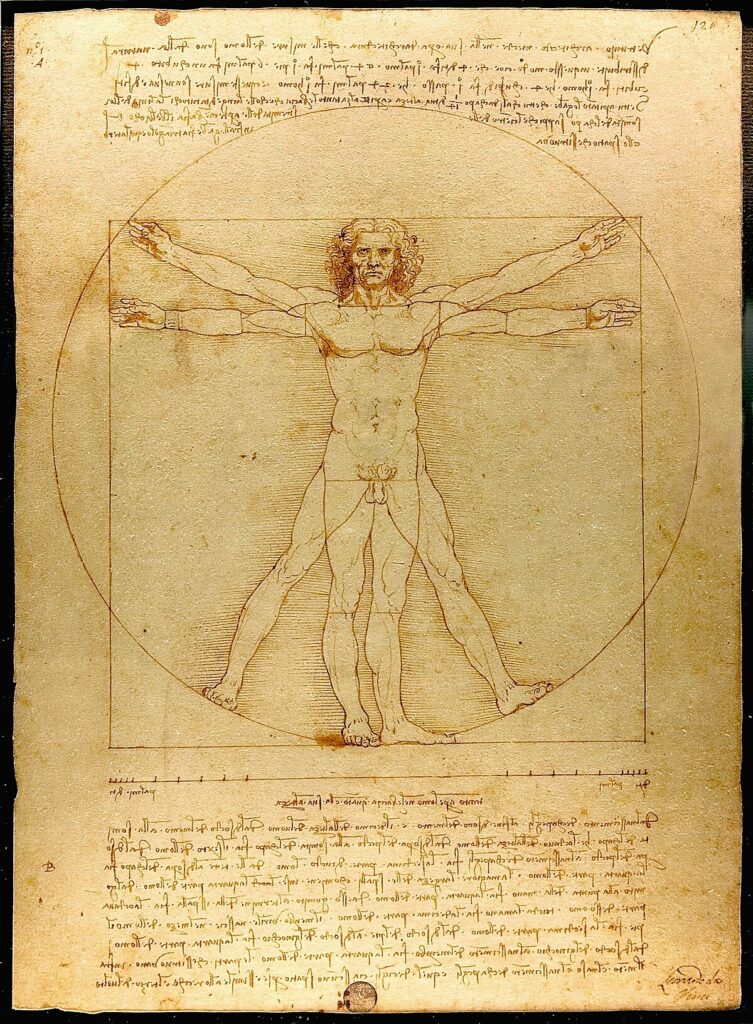
The collective unconscious, on the other hand, can foster personal growth by offering a symbolic framework that individuals can draw upon for understanding life’s challenges and their place in the world. Archetypes within the collective unconscious, such as the Wise Old Man or the Shadow, offer psychological templates that people can integrate into their own self-discovery. While herd morality imposes external standards, the collective unconscious invites individuals to explore their inner worlds and connect with universal human experiences. This process of inner exploration can lead to greater self-awareness and a sense of purpose beyond societal expectations.
4. Societal Progress: Conformity vs. Creative Evolution
Herd Morality’s Implications for Society
Nietzsche viewed herd morality as an obstacle to societal progress. By promoting uniformity and discouraging exceptionalism, herd morality fosters a passive, dependent society that values stability over creativity and ambition. As a result, herd morality can lead to stagnation, where people accept the status quo rather than pursuing new ideas or innovations that might disrupt it. Nietzsche believed that a society driven by herd morality would lack the visionaries or “supermen” who drive progress by transcending common values and creating their own.
The Collective Unconscious and Cultural Flourishing
In contrast, the collective unconscious can serve as a wellspring for cultural enrichment. Since archetypes are universal, they allow people from diverse backgrounds to find meaning and identity in shared symbols, leading to richer, more connected cultural expressions. Through myth, religion, art, and storytelling, societies can draw from the collective unconscious to address existential questions, preserve cultural heritage, and inspire future generations. Rather than enforcing conformity, the collective unconscious fosters unity and continuity, providing a timeless resource for individual and cultural evolution.
5. Ethical Implications: Imposed Morality vs. Natural Wisdom
Herd Morality’s Ethical Constraints
Herd morality enforces ethical behavior based on external pressures and social expectations. Nietzsche criticized this as a form of moral imposition that limits people’s ability to form their own values. By promoting morality as a means of control, herd morality can lead to superficial ethics, where individuals act in ways they believe will be accepted rather than what aligns with their true values. This reliance on external standards can weaken people’s ability to make moral choices based on personal integrity or self-understanding.
The Collective Unconscious as Ethical Groundwork
The collective unconscious, while not a source of specific moral rules, provides a foundation for ethical reflection. Archetypes within the collective unconscious, such as the Hero’s journey or the wise guidance of the Mentor, encourage individuals to face moral dilemmas, grow through challenges, and strive for personal integrity. This internal source of ethical guidance allows people to make choices rooted in their own unconscious wisdom rather than in imposed norms. It represents a form of “natural ethics” that emerges organically, guiding people toward meaningful action without stifling individual freedom.
6. Examples of Herd Morality
Herd morality focuses on enforcing conformity, obedience, and a “leveling” of individual differences, often at the expense of individuality and personal freedom.
1. Social Pressure to Conform in Workplaces
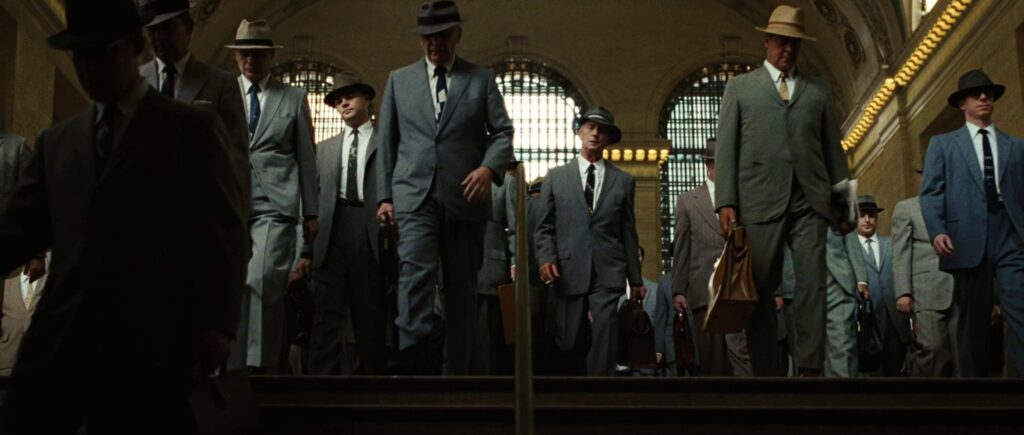
In certain workplaces, there’s a strong expectation for everyone to conform to specific attitudes, communication styles, and values, sometimes discouraging employees from expressing dissenting opinions. For example, a workplace culture that promotes “groupthink” may reward people who agree with the majority while ostracizing those who question decisions. This conformity reinforces the idea that obedience and going along with the group are valued over individual initiative or creativity.
2. Moral Uniformity in Media and Public Opinion

In some societies, mainstream media and popular culture may promote a narrow moral narrative that shames those with differing views or lifestyles. For example, a trend where public opinion condemns people for not participating in a widely accepted social movement, without room for differing perspectives, reflects herd morality. People may support certain ideas because they are socially “acceptable” rather than because they align with their personal values.
3. Conformity in Education Systems
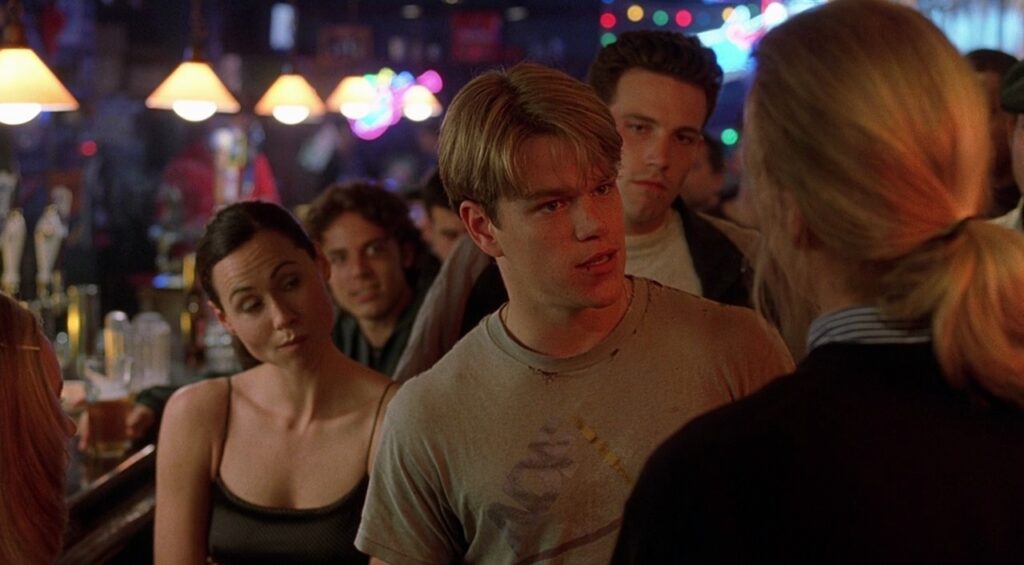
In educational systems that focus heavily on standardized testing and rigid curriculum structures, there’s little room for students to explore diverse interests or think creatively. In this setting, herd morality reinforces the belief that students should all achieve the same standards and pursue similar goals, which can discourage individual passions or non-conformist career paths. Education, in this sense, prioritizes sameness over encouraging unique talents.
4. Suppression of Exceptionalism in Sports or Arts

In some cultural contexts, exceptionalism or standing out may be discouraged in favor of equal recognition for all participants. For instance, when a sporting event emphasizes participation awards over acknowledging top performers, it can be an expression of herd morality. This approach prioritizes the group’s sense of inclusion over individual excellence, and can diminish the value of individual achievement.
5. Conspicuous Consumption
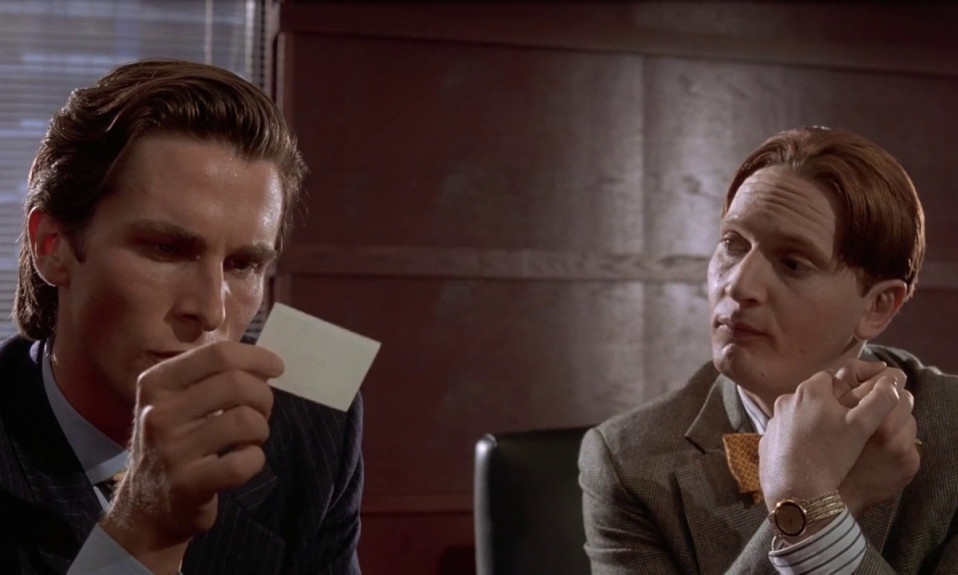
In the context of herd morality, conspicuous consumption becomes a social tool, where individuals buy and display luxury items to gain status and acceptance within their group. This behavior aligns with herd morality by prioritizing social approval and conformity over personal fulfillment or authentic expression. Rather than purchasing based on genuine need or preference, people are often motivated by a desire to fit societal standards of success and worth.
6. Virtue Signaling
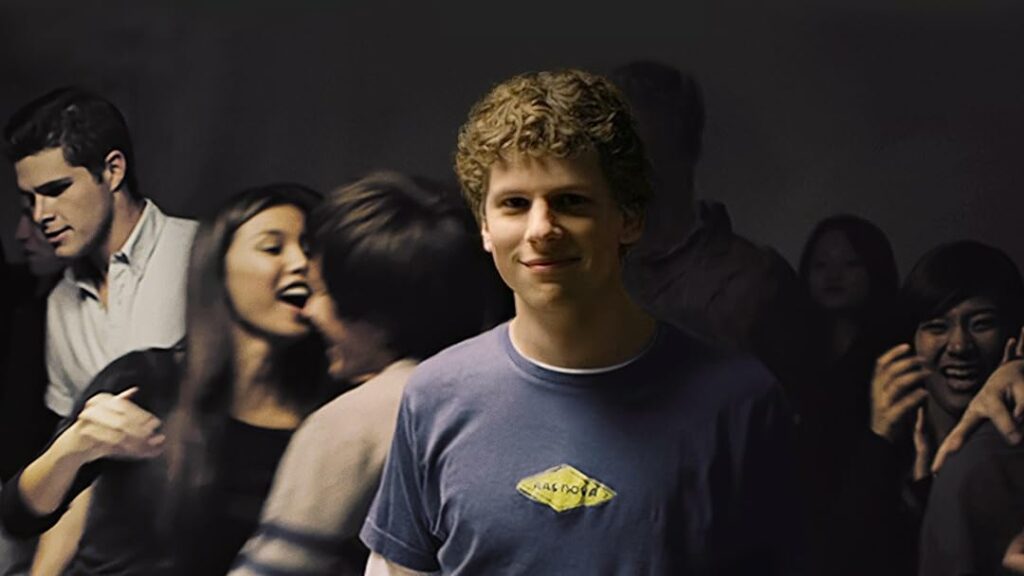
The version of conspicuous consumption where people seek social validation through “likes” and online approval is often referred to as conspicuous digital consumption or virtue signaling. In this context, people share images, experiences, or possessions on social media to communicate their status, lifestyle, or values, aiming to gain admiration, approval, and social “likes” from their peers. Specific terms have emerged for these behaviors across various domains, such as “travel bragging” or “vacation flexing” or “virtue signaling”.
7. Fashion Trends
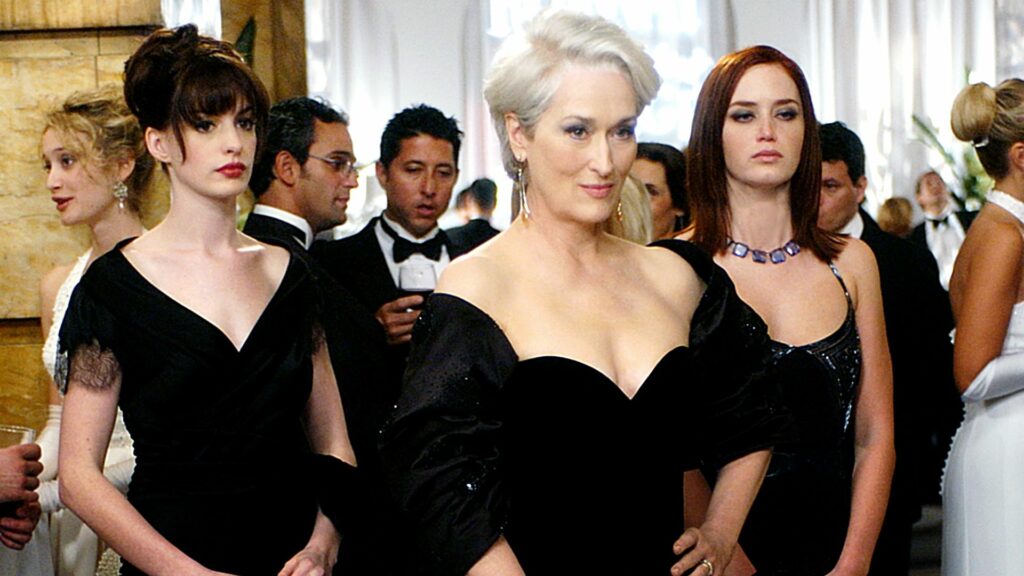
The rapid adoption of clothing styles or accessories driven by social influencers or popular culture can reflect herd morality. People often dress in ways that align with current trends, not necessarily because they personally enjoy the fashion, but because it’s seen as the “acceptable” way to look in their social group.
8. Celebrity Endorsement Following

People may adopt certain lifestyles, products, or causes simply because a popular celebrity supports them. The influence of celebrity culture can encourage conformity, where individuals follow the leader’s preferences without critically considering whether those choices are in line with their own beliefs or values.
9. Conformity to Popular Opinion on Social Media

On platforms like Twitter, Instagram, YouTube or Facebook, people often align with popular opinions, hashtags, or social movements simply to fit in or gain approval. Even when a person doesn’t fully understand or agree with a cause, they might join in because of the fear of being ostracized or judged for not conforming.
10. Choosing High-Paying Jobs for Prestige

Many people pursue careers in fields such as finance, law, or medicine not out of passion or interest, but to gain social respect and admiration. The pursuit of a prestigious job can be driven more by societal expectations and the desire to be viewed as successful than by a genuine desire to contribute to the field.
7. Examples of the Collective Unconscious
The collective unconscious refers to the universal, inherited part of the human psyche, filled with archetypes and symbols that resonate across different cultures and eras.
1. Mythological Archetypes in Hero Stories

The Hero’s Journey, found in myths worldwide, represents a universal path of personal growth, struggle, and triumph. Figures like King Arthur, Hercules, or even modern heroes like Luke Skywalker all embody this archetype. These stories resonate because the hero’s journey is an archetypal pattern that’s part of the collective unconscious. It speaks to the universal experience of confronting challenges, developing resilience, and transforming oneself.
2. Religious Symbols and Figures

Religious symbols such as the cross, the Buddha, or the yin-yang represent archetypes found in the collective unconscious. These symbols convey profound psychological meaning across different cultures and are rooted in humanity’s shared search for meaning, balance, and transcendence. They tap into universal themes of suffering, enlightenment, and duality that people around the world can relate to, even if they belong to different religious or cultural backgrounds.
3. Dream Themes Shared Across Cultures

Recurring dream themes, such as being chased, falling, or losing teeth, reflect the collective unconscious. These dreams are common across various cultures and often correspond to shared human anxieties or psychological challenges. For example, being chased in a dream might represent a universal fear of confrontation, while falling may reflect the loss of control or fear of failure. These dream patterns are not learned but are innate to the human psyche.
4. The Shadow in Psychology and Literature

Jung’s concept of the Shadow—the part of ourselves that we repress or deny—is another archetype in the collective unconscious. Literature and film often explore the shadow archetype, such as the dark side of human nature depicted in stories like Dr. Jekyll and Mr. Hyde or Darth Vader in Star Wars. These characters embody the universal struggle to reconcile our light and dark sides, reflecting a psychological truth that resonates on a deep, unconscious level.
5. Cultural Rituals of Transformation and Rebirth

Transformation rituals, such as rites of passage, initiation ceremonies, or even New Year’s celebrations, echo archetypes within the collective unconscious related to death and rebirth. These rituals symbolize a universal need for renewal and personal growth, marking the passage from one life phase to another. Many cultures have unique versions of these rites, but all reflect the archetypal journey of transformation embedded in the collective unconscious.
6. Moral Codes and Taboos

Many cultures share certain moral guidelines, such as the prohibition of murder or incest. These societal taboos are not simply learned through direct experience but are encoded in the collective unconscious, shaping instinctive feelings of guilt, shame, or righteousness that guide individual behavior. Even people from vastly different cultures often experience these taboos on a subconscious level, demonstrating shared psychological foundations.
7. The universal attraction to symmetry

The universal attraction to symmetry is rooted in evolutionary psychology, where symmetrical faces and bodies are subconsciously linked to health and genetic fitness. This preference suggests a well-developed individual, signaling vitality and an optimal mate for reproduction. Symmetry represents balance and harmony, making it universally appealing and resonating deeply within the collective unconscious.
8. The Hero’s Journey

The Hero’s Journey, popularized by Joseph Campbell, is a universal narrative structure found in myths and stories across cultures. It follows an ordinary person who answers a call to adventure, faces trials, and undergoes personal transformation. Along the way, the hero gains wisdom or power, confronts a final challenge, and returns to their world with new knowledge or a gift to share. This journey reflects deep themes of growth, self-discovery, and overcoming adversity, resonating across cultures in stories like Star Wars and The Lord of the Rings.
9. The Anima and Animus

The feminine aspect in men (Anima) and the masculine aspect in women (Animus), representing the integration of opposite qualities within each individual. This can be found in myths and characters like the male counterpart of Athena or the female counterpart of Zeus.
10. The Trickster

The Trickster is an archetype in the collective unconscious, embodying chaos, mischief, and the subversion of norms. Often disrupting authority, the Trickster challenges expectations and brings transformation through humor or deception. Figures like Loki, Coyote, and the Joker embody this role, encouraging people to question societal rules and embrace change. Despite causing disorder, the Trickster reveals hidden truths and promotes growth by forcing individuals to confront uncomfortable realities and rethink established beliefs.
The distinction between Herd and Slave morality
In Nietzsche’s philosophy, herd morality and slave morality are two forms of moral frameworks that promote conformity but differ in their origins, values, and psychological foundations.
1. Herd Morality:
• Nature and Origin: Herd morality stems from a social need for cohesion, security, and stability within a group. This form of morality promotes values that align with the group’s interests, encouraging individuals to act in ways that benefit collective harmony over individual desires.
• Values and Traits: Herd morality emphasizes values like obedience, humility, and equality. It discourages traits like ambition, individual distinction, and personal excellence, prioritizing safety and sameness over personal growth or challenge.
• Psychological Motivation: The motivation behind herd morality is often fear of standing out or disrupting the social order. It appeals to the desire for acceptance and the security of blending in.
2. Slave Morality:
• Nature and Origin: Slave morality, as Nietzsche defines it, originates from a reaction of resentment (ressentiment) among those who feel oppressed or powerless. It develops as a way for those who feel inferior or disadvantaged to reframe their position by moralizing values that favor their situation.
• Values and Traits: This morality values traits like meekness, patience, humility, and forgiveness—traits that align with passivity and acquiescence. It views power, pride, and ambition (often seen as qualities of the “master”) as immoral or wrong.
• Psychological Motivation: Slave morality arises from a sense of envy or resentment toward those with power, success, or freedom. It inverts traditional values, framing weakness as virtue and strength as vice, allowing those who feel oppressed to morally condemn the “masters.”
In essence, while both herd and slave morality discourage individualism and excellence, herd morality is more about collective security and stability, while slave morality is a reaction against power and success, moralizing traits that justify a position of weakness or passivity. Nietzsche contrasts these with his idea of master morality, which values strength, creativity, and the will to power.
The benefits of Herd Morality
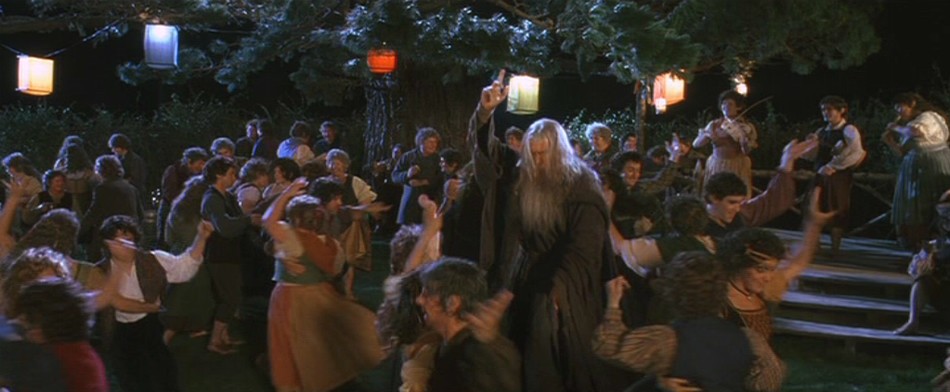
Humans are social creatures that thrive in groups or communities. Group-living animals, such as lions, benefit from strength in numbers and a sense of community, which provides advantages over solitary animals like tigers.
Ultimately, humans require connections and a sense of belonging to a group to feel complete, much like the role that religion often plays in fulfilling this need.
That’s why, if someone wants to integrate into a specific community, it’s often more beneficial to embrace the customs and beliefs of that group to fit in. As portrayed in the movie Into the Wild, “happiness is only real when shared.”
The challenge arises when an individual seeks to leverage their individuality or unique traits in a career for example, which can sometimes conflict with the norms of the group or that the herd morality has been perverse and doesn’t believe in the collective unconscious any longer.
1. Social Cohesion
Herd morality fosters a shared sense of values and norms, enabling individuals to work together harmoniously within a community. This unity helps maintain social order and reduce conflicts.
2. Collective Security
By adhering to common moral standards, individuals contribute to a safer environment. Mutual respect and adherence to laws protect everyone from harm, fostering a sense of security.
3. Predictability in Interactions
When members of a group follow similar moral codes, their behavior becomes more predictable. This predictability makes relationships and collaborations smoother, as people can anticipate acceptable actions and responses.
4. Cultural Identity
Herd morality is often tied to cultural or societal traditions. Adopting these shared values helps preserve a community’s identity and strengthens bonds among its members.
5. Moral Accountability
In a herd morality framework, individuals are often held accountable by the group, discouraging harmful behavior and encouraging actions that benefit the collective. This peer pressure promotes ethical consistency.
6. Reduction of Anxiety
By aligning with the group’s moral values, individuals avoid the stress of isolation or ostracism. Herd morality provides a clear framework for decision-making, which can reduce the mental burden of moral dilemmas.
7. Support for the Vulnerable
Herd morality typically prioritizes protecting weaker or marginalized members, encouraging altruism, empathy, and support within the group. This collective care strengthens the overall community.
8. Shared Purpose
A common moral framework provides a sense of purpose or direction for the group, motivating collective efforts toward common goals, such as justice, progress, or mutual prosperity.
9. Evolutionary Advantage
From an evolutionary perspective, herd morality promotes group survival. Cooperation and mutual support improve the chances of thriving in challenging environments or against external threats.
10. Ethical Growth
Although herd morality is rooted in conformity, it provides a foundation for ethical dialogue and evolution. Groups can adapt their shared values over time to better reflect changing circumstances or moral progress.
While herd morality has its critics—often associated with conformity and lack of individual critical thinking—it plays a vital role in maintaining social structures and fostering collaborative living.
The ideal way to surround yourself
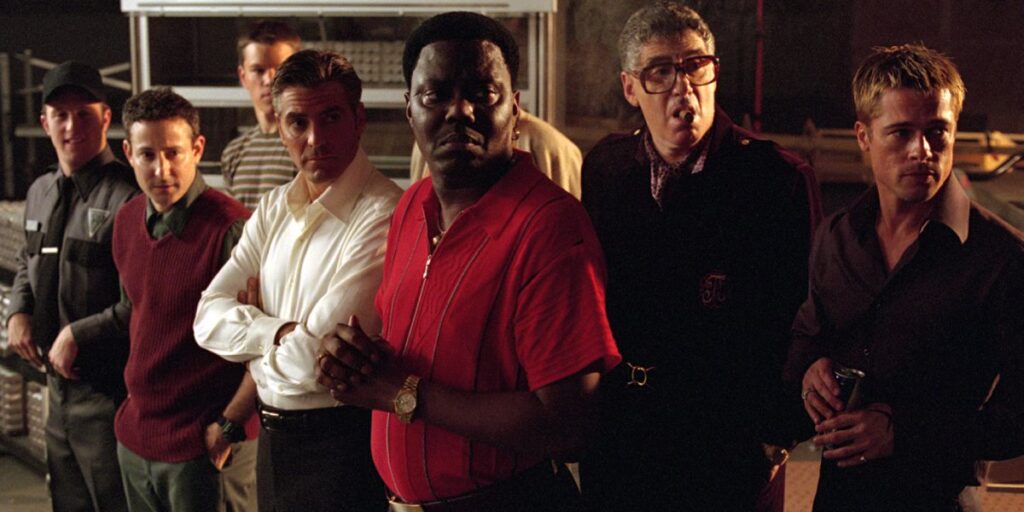
The ideal way to surround yourself may be by being around individuals who possess a deep understanding of the unconscious collective traits that influence human behavior—those underlying forces that shape our thoughts, reactions, and interactions. These individuals should not only be aware of why such traits exist but also how they contribute to our collective well-being and social cohesion.
Equally important is surrounding yourself with people who exhibit flexibility and openness toward a variety of social environments, including diverse types of herd morality, without rushing to judgment. These people should be able to embrace the complexities of different cultural and social norms, respecting the variations in how individuals or groups define right and wrong, while maintaining a sense of empathy and understanding.
By surrounding yourself with such people, you create an environment that fosters both personal growth and harmony, allowing for richer, more meaningful connections that transcend rigid boundaries and encourage mutual respect. This balance between understanding the deeper, collective forces that shape human nature and embracing diversity within moral frameworks can lead to a more fulfilling and enlightened life.
Clearly, this isn’t always practical, as family typically sets the main framework of herd morality that influences your life, followed by childhood, school, or work or common interests friends. However, you can still move between various social circles, as long as you’re able to cultivate meaningful relationships along the way.
Conclusion
Herd morality and the collective unconscious are two contrasting forces within human societies. Herd morality, rooted in resentment and conformity, enforces a moral framework that prioritizes group cohesion at the expense of individual freedom, innovation, and excellence. It relies on external pressures to enforce compliance, potentially limiting both personal growth and societal advancement.
The collective unconscious, however, is a unifying psychological foundation that provides individuals with archetypal symbols and patterns of meaning. Unlike herd morality, it does not impose conformity; instead, it invites individuals to explore universal aspects of the human experience, facilitating both personal and cultural evolution. By drawing upon this inner resource, individuals and societies can develop shared meaning without sacrificing uniqueness.
While herd morality may lead to societal stability, it risks stagnation and mediocrity. The collective unconscious, on the other hand, serves as an ever-present foundation for growth, inviting people to explore the depths of human experience and create meaning that resonates across time and culture.
Together, these two frameworks reveal the complex interplay between social conformity and individual potential, highlighting the challenges and opportunities inherent in balancing collective identity with personal freedom.
It is also important to distinguish between herd morality and slave morality. Herd morality is entirely justifiable, as humans are inherently social creatures that thrive in groups. In contrast, slave morality is primarily an expression of resentment and does not share the same foundational justification.
In conclusion, the collective unconscious allows us to watch and connect with a movie, music or art for example, while herd morality enables us to attend a wedding for example and find meaning and enjoyment in the experience. Both are in definitive primordial to the enjoyment of human experience.


GIPHY App Key not set. Please check settings